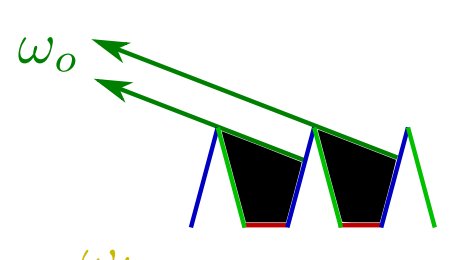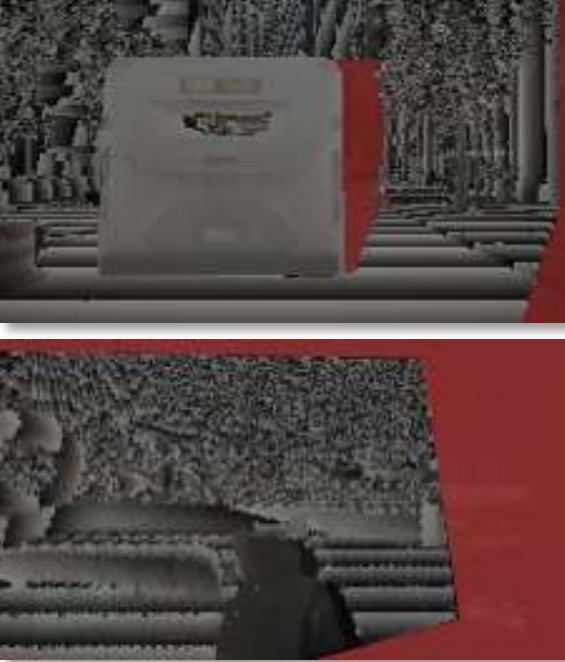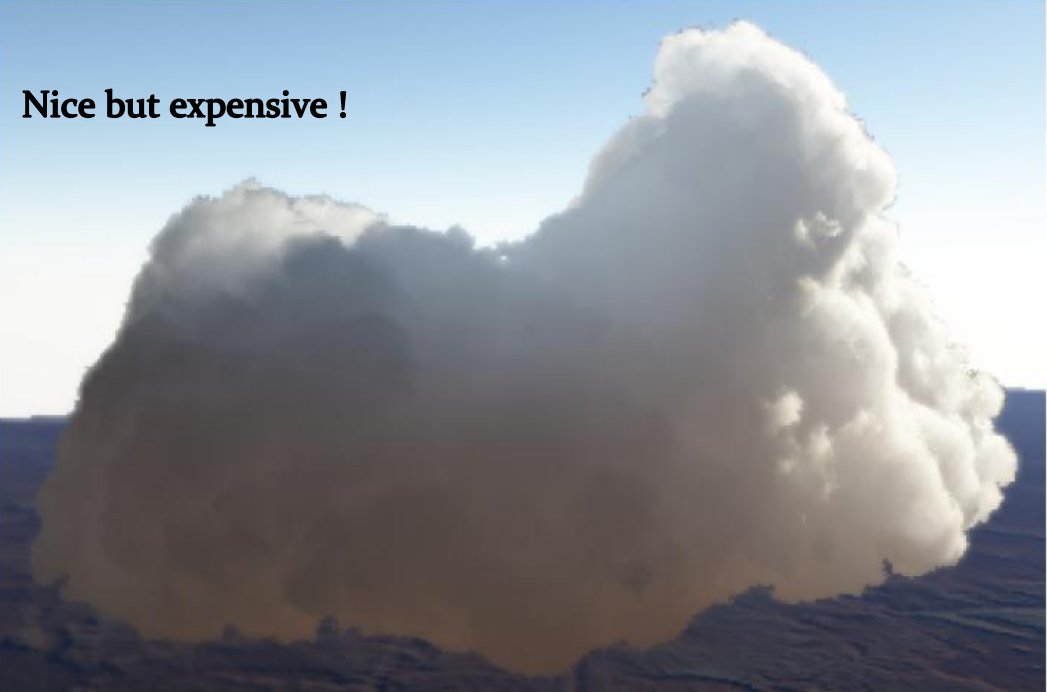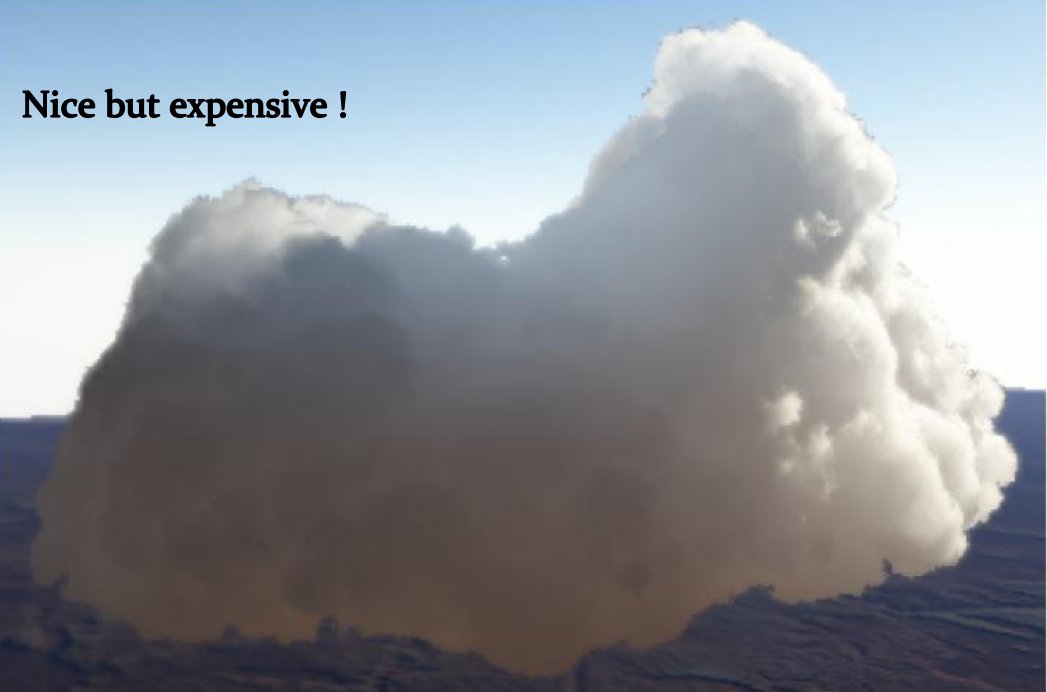Question is something like: "Where do the BRDF formulas come from? How can we make our own?"
Answer:
the most common way of making them, is by approximating the material
surface as a bunch of small mirrors called microfacets.
If high roughness, then normals have great variation, and if low roughness,
there is little variation.
[1] graphicrants.blogspot.com/2013/08/specul…
seems to match real materials better. I think GGX first appeared in the below paper
[2] cs.cornell.edu/~srm/publicati…
jcgt.org/published/0003…
graphicrants.blogspot.com/2013/08/specul…
pbr-book.org/3ed-2018/Refle…
blog.selfshadow.com/publications/s…
pbr-book.org/3ed-2018/Refle…
disney-animation.s3.amazonaws.com/library/s2012_…
seblagarde.files.wordpress.com/2015/07/course…
twvideo01.ubm-us.net/o1/vault/gdc20…
blog.selfshadow.com/2018/05/13/mul…
patapom.com/blog/BRDF/MSBR…
cdn2.unrealengine.com/Resources/file…
advances.realtimerendering.com/s2018/Siggraph…
belcour.github.io/blog/publicati…
eheitzresearch.wordpress.com/research/
will probably add more links below, when I remember them.












